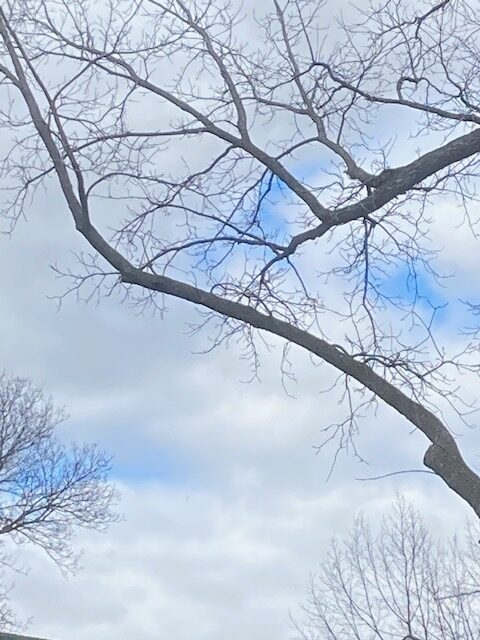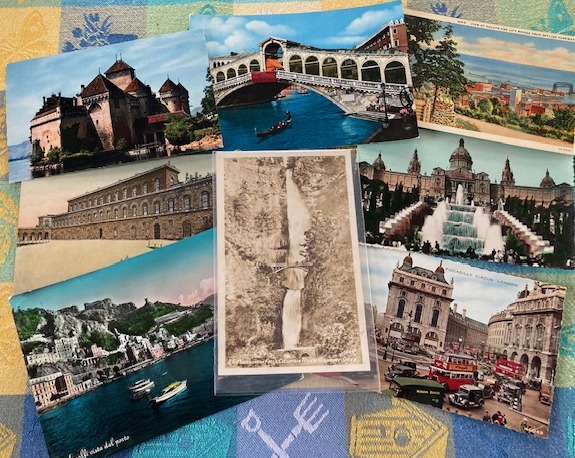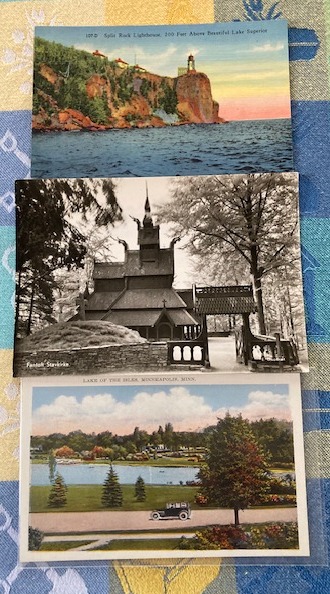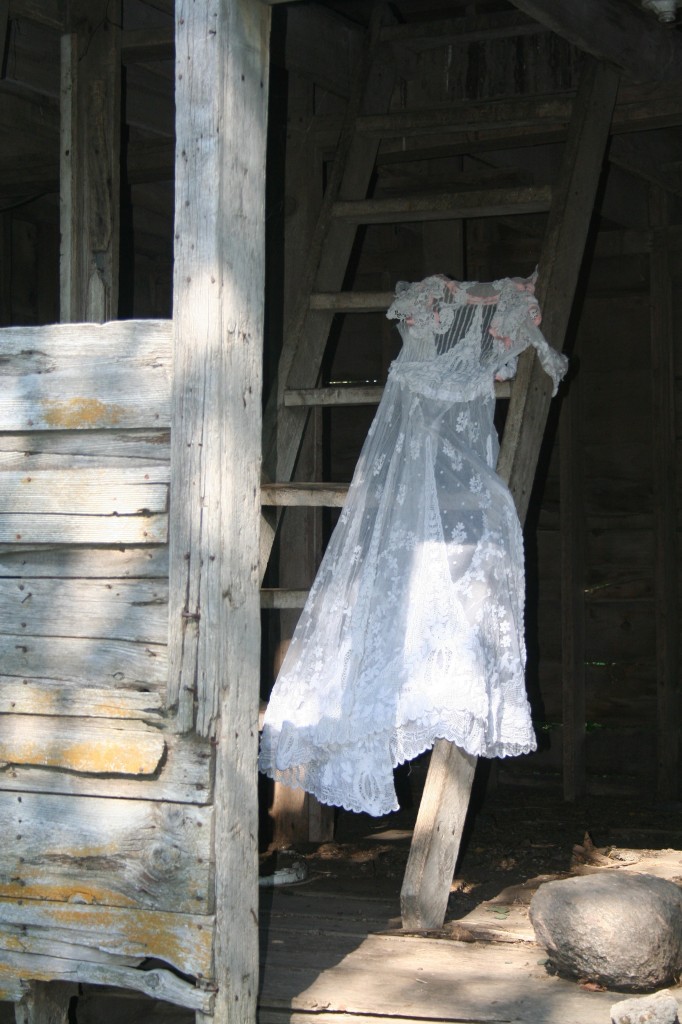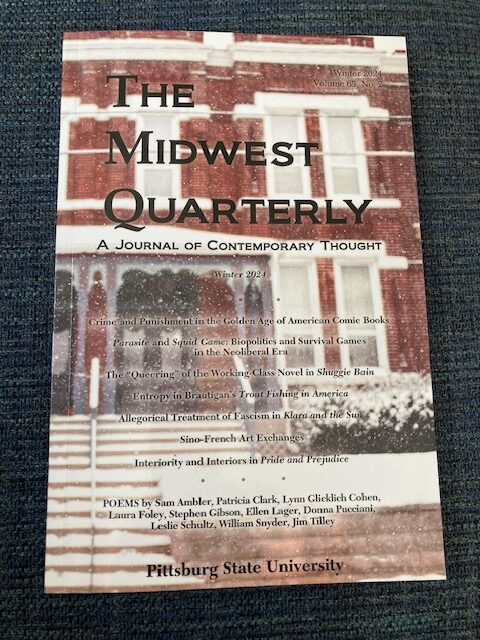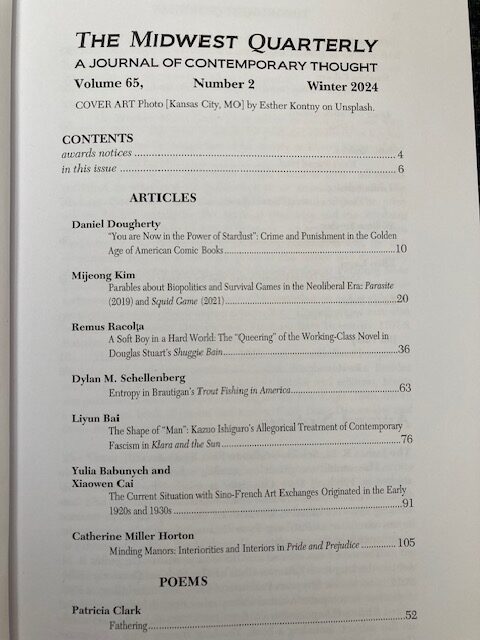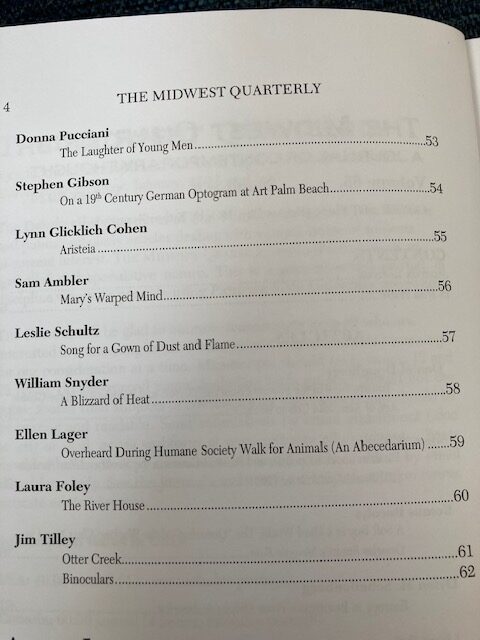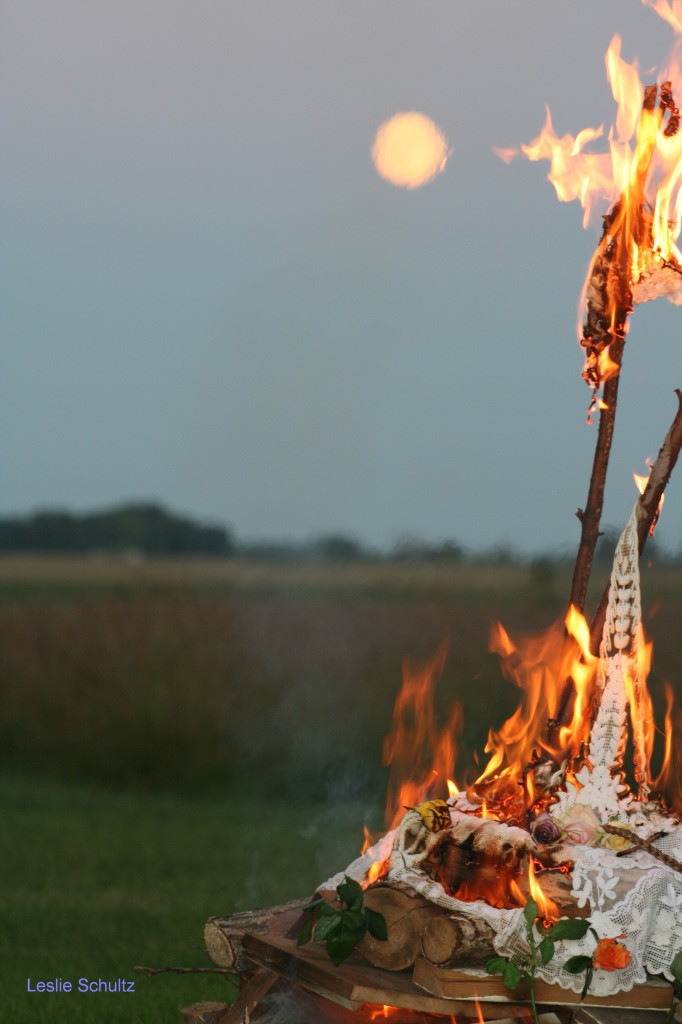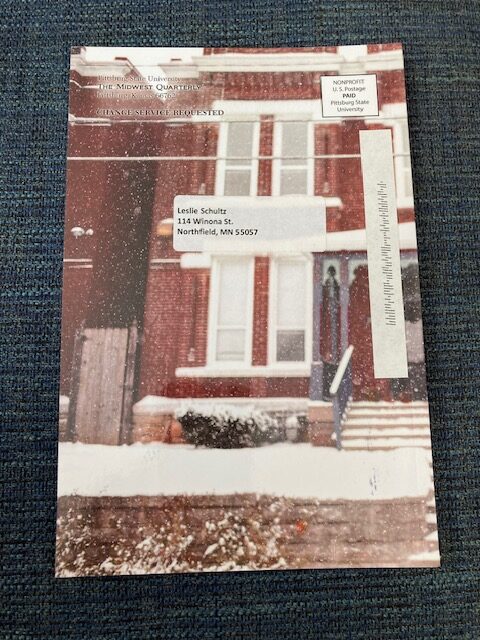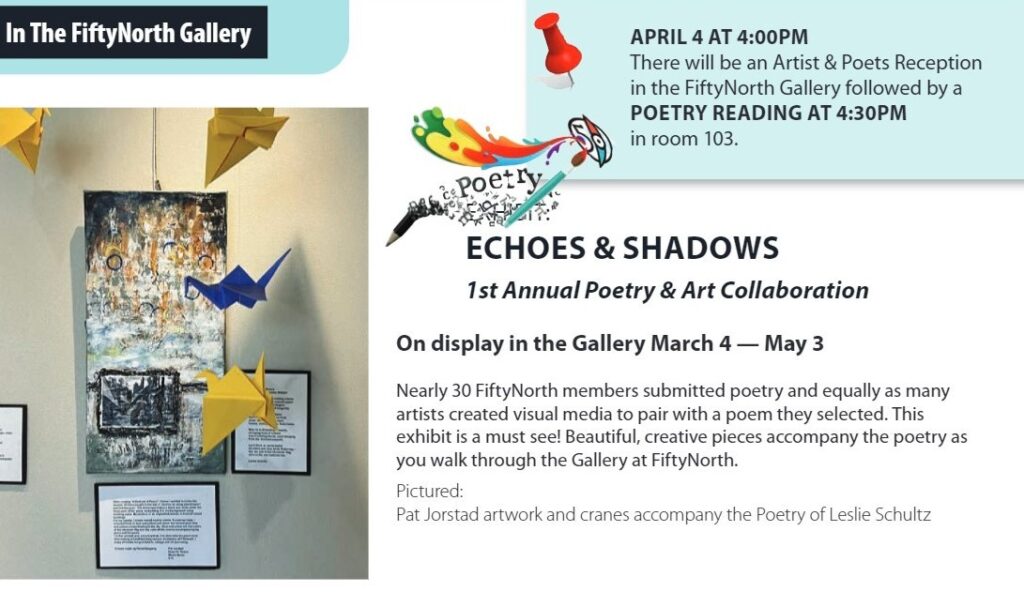
A special event is being held tomorrow from 4:00 to 6:00 p.m. at FiftyNorth, located at 1651 Jefferson Parkway. You can have a preview if you follow the above link and scroll down.
This year, inspired by the long-running Poet-Artist Collaboration (begun in Zumbrota, Minnesota, and now transplanted to Red Wing, Minnesota), FiftyNorth Program Coordinator Michelle Loken took the idea and gave it a local twist.
At the beginning of the new year, local poets were invited to submit poems, and then the sumbitted poems were selected by local visual artists who were drawn to create an art work inspired by their selected poem. One of my poems, “A Gesture of Peace,” was chosen by an artist I haven’t yet met, Pat Jorstad. I am looking forward to the Artists Reception in the Gallery, starting at 4:00 p.m., to reading my poem in Room 103 (Reading starts around 4:30 p.m.), to seeing and hearing the work of all these other artists, and to seeing some old friends and meeting a few new people.
As for my own inspiration to write the poem? The life and work of my friend, Kaz, who is currently in Japan on his own version of a vacation: first spending six days to walk the entire circuit of Shodo Island (120 miles; 88 temples) while praying for world peace; then traveling to the Noto Pennisula to help, through his skill as a doctor of acupuncture, those affected by the devastating earthquake that struck there on New Year’s Day.
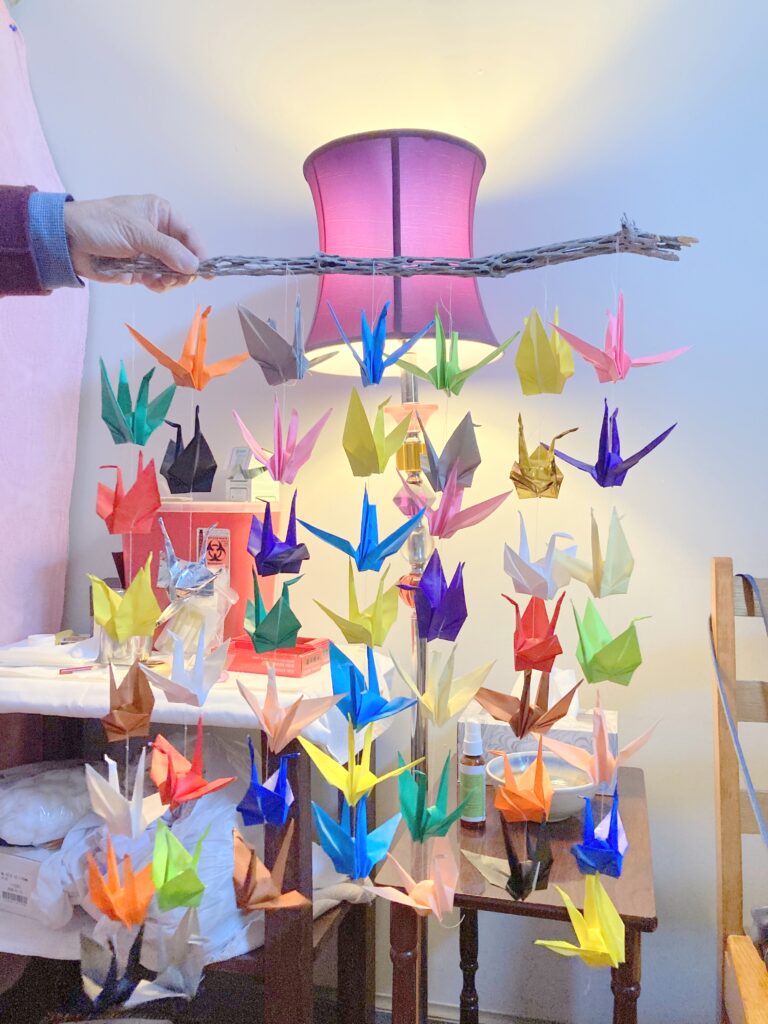


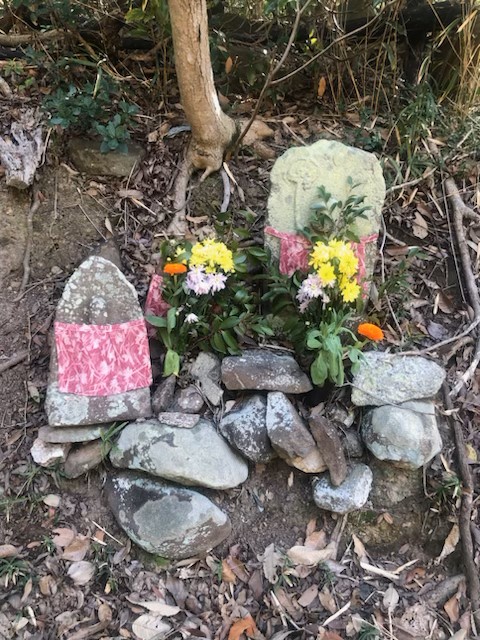

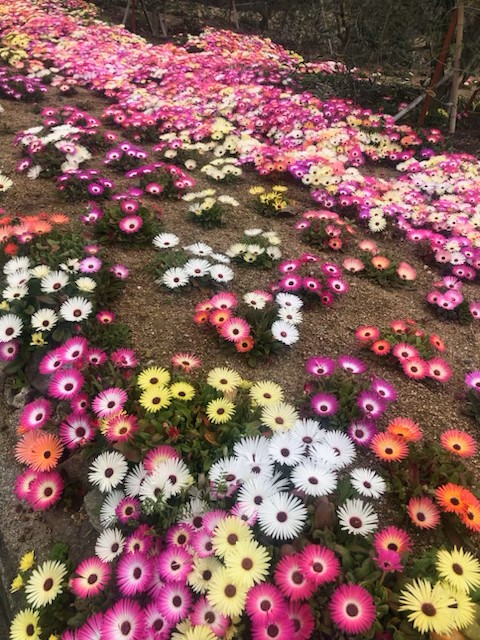


I greatly appreciated being able to follow Kaz’s progress on this journey through his texts, photos, and video clips. Thank you, Kaz, for your inspiring presence, and for your permission to share these stories and images!
LESLIE

